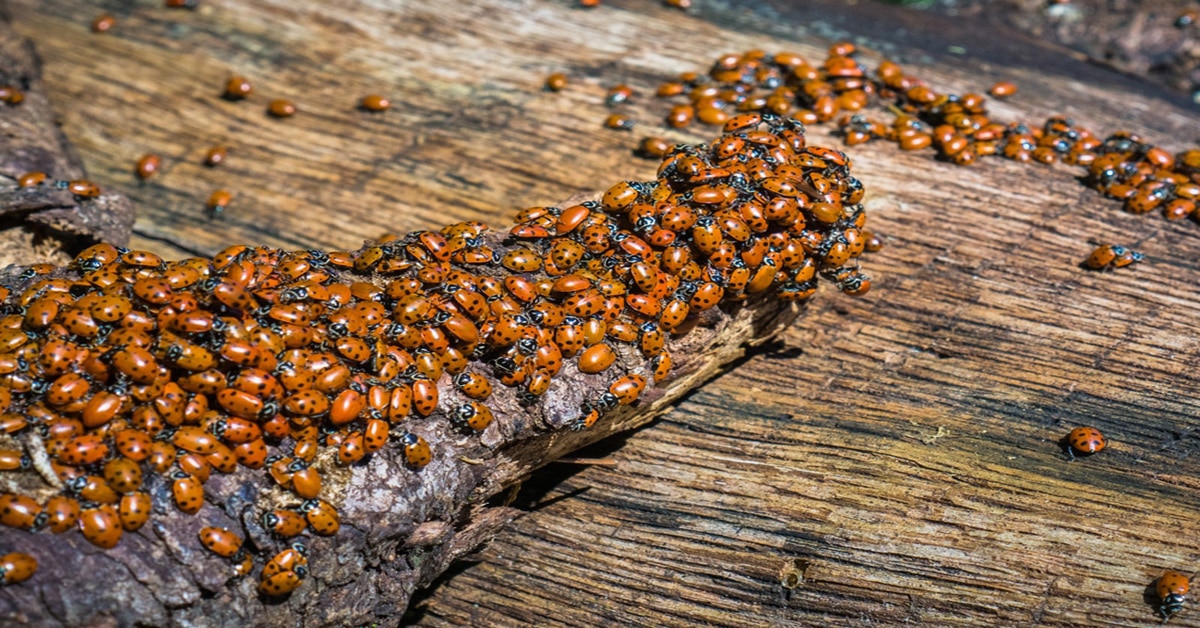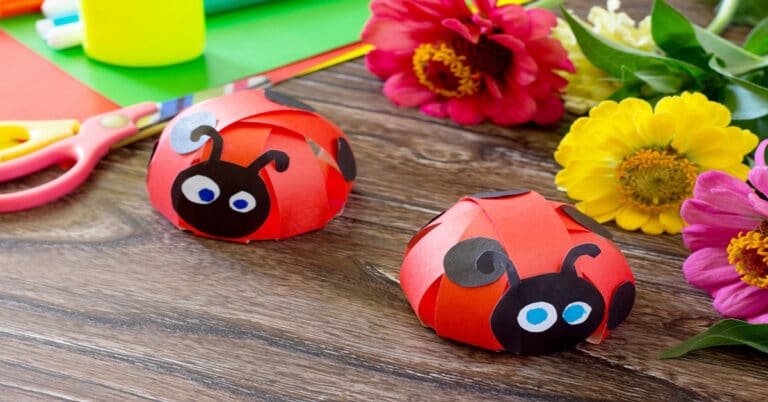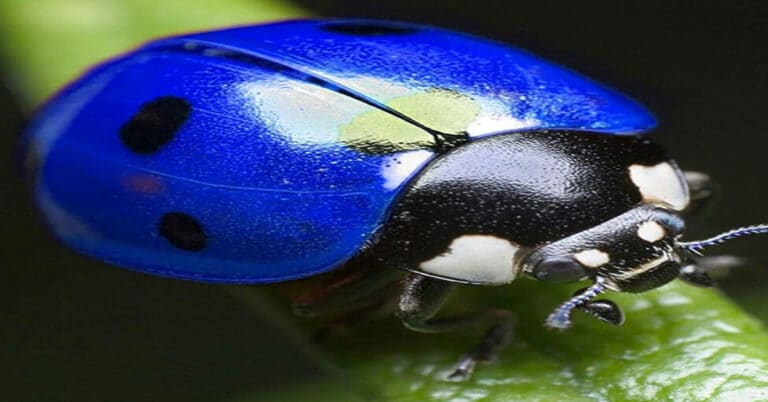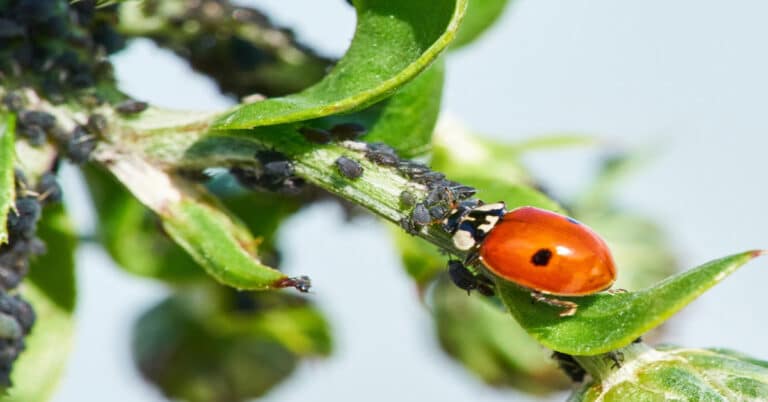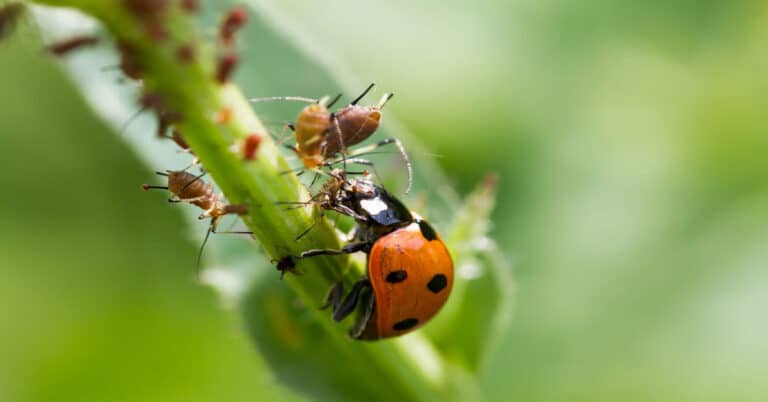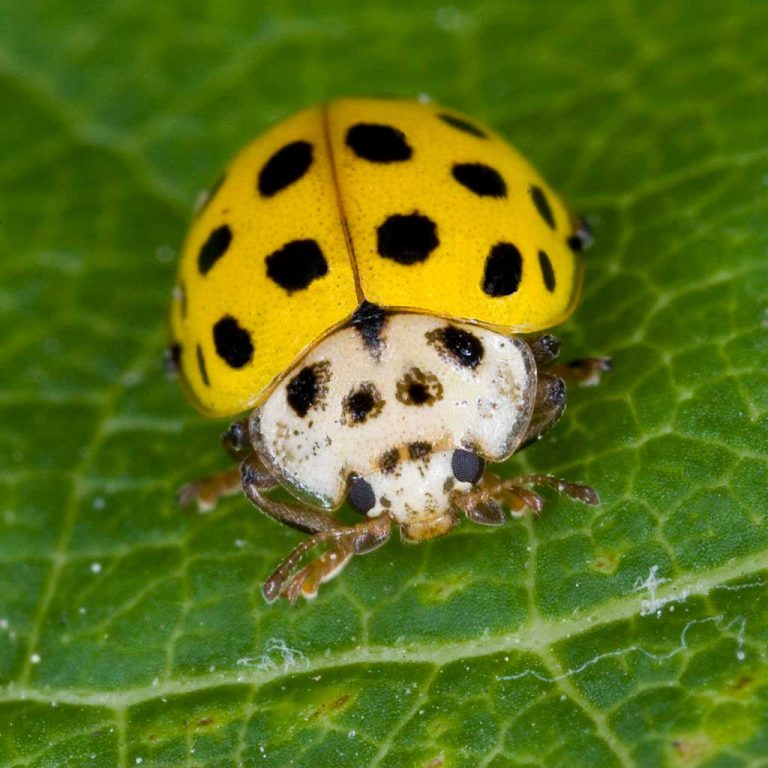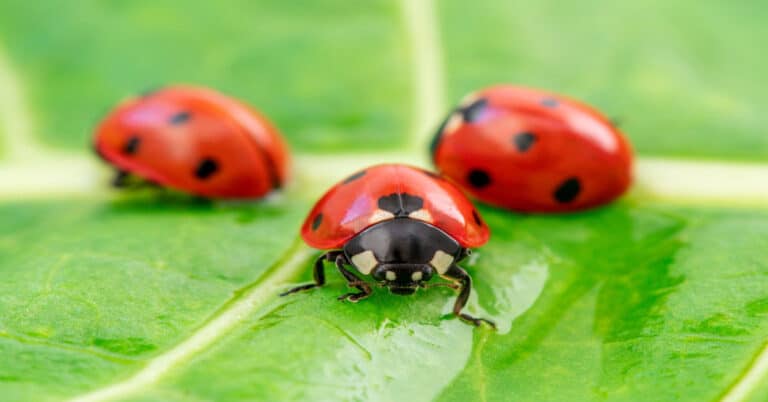Ladybug Infestation – There’s Ladybugs In My House
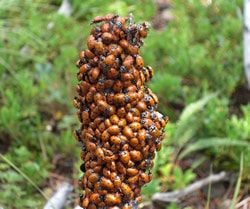
Ladybugs are Everywhere!
Ladybug Infestation. They can infest your house in the winter instead of finding a home outside.
Hippodamia convergent ladybugs congregate together in the fall to hibernate. These ladybugs can be found most often in the upper elevations of the Sierra Nevadas, Rocky, Appalachian, Blue Ridge Mountains, and other mountainous areas throughout the United States and Canada.
This ladybug prefers to overwinter around rock outcroppings, under forest debris, in tall grassy areas, and under tree bark.
‘Tis The Season! Ladybugs Are Looking For A Place To Hibernate. They are attracted to light-colored homes, usually older homes and they are attracted to the heat that the homes reflect. Once ladybugs have penetrated the home though, they are hard to get rid of.
Ladybugs release pheromones, it is sort of like “perfume” to attract other ladybugs. They use pheromones as a means of communication during mating and hibernation. Insect pheromones are very powerful. They can be detected by others up to a 1/4 mile away. This helps ladybugs find each other and it lets future generations know of a good place to “camp out” for the winter. The pheromones don’t go away easily. The chemical “scent” can remain year after year, and not only on the outside of a structure, but also within the walls, where ladybugs tend to hide before emerging into your home. So, scrubbing pheromones off a house is a BIG task, if not impossible.
The yellow stuff you might see from time to time is their blood (hemolymph). It, too, contains pheromones and it stains. You can see the yellow blood when you hold a ladybug and it gets scared. This is a normal reaction to stressful situations called reflex bleeding. Releasing some of its blood is one way the ladybug can protect itself. The blood smells bad and signals to a predator that this ladybug is not a good lunch choice.
To prevent ladybugs from getting in, make sure all cracks around windows, doors, clap boards, pipes, etc. are sealed up. Some extermination companies offer this service, sometimes called inclusion. This, too, is no small project, and may cost a small fortune, but it’s worth it. Especially if you don’t like ladybugs joining you for dinner.
Ladybug Infestation FAQ
Ladybug Infestation! LadyBugs are In my HOUSE! Why?
They have probably been hibernating under the sliding of the house or apartment and the warmer temperatures have caused them to emerge- it’s just that they are going in the wrong direction. You would think that they would be trying to get out of the house, but they are coming in. It happens. This happens because of the variation in temperatures from the interior of the home verses the outside temperatures. The ladybugs are merely confused. Visit the “Ladybug Infestation” page for more details.
Why do ladybugs come into my house in the winter time?
Ladybugs are attracted to the light colored houses. Especially, homes that have a clear southwestern sun exposure. Older homes tend to experience more problem with aggregations due to lack of adequate insulation. The ladybugs come in through small cracks around windows, door ways and under clap boards. They want to hibernate in a warm, comfortable spot over the cold months of winter. Ladybugs gather in groups when they hibernate, so if you see one, you can be sure more will follow. The best way to keep them out is to repair damaged clap boards, window and door trim and to caulk small cracks.
Once the ladybugs are in my house, will they eat anything?
No. Ladybugs don’t eat fabric, plants, paper or any other household items. They like to eat APHIDS. Aphids are very small, but very destructive pest that feed on plants. (If you have rose bushes, you have probably seen aphids.) Ladybugs, while trying to hibernate in your house, live off of their own body fats. They, also, prefer a little humidity. But our homes are usually not very humid during the winter. In fact, they are rather dry causing most of your ladybug guests to die from dehydration. Occasionally, you might witness a ladybug in your bathroom getting a drink of water. Now, that’s a smart lady!
How can I get them out of my house?
If you don’t have a lot, just leave them. They will leave when spring arrives. Disturbing them will only cause them to stress out leaving yellow markings on your walls. The yellow stuff, you see, is not waste matter, but rather, their blood. Ladybugs release a small amount of their blood which is yellow and smells, when they sense danger. Some people have said that it does stain on light colored surfaces.
But, I really want the ladybugs out of my house!
Use a “shop vacuum”. This type of vacuum is easy to use for collect ladybugs. When using this to vacuum up ladybugs, use a clean bag or pad the bottom with a cloth. After all is clean, release the unwelcome guests outside.
Is there anything else I can use to get the ladybugs out of my house?
Yes. There is a product called a Ladybug Black Light Trap. It uses radiating black light to attract and contain the ladybugs.
Will Ladybugs Infest My House Next Year too?
Because ladybugs infest homes yearly once they’ve started, many homeowners will put out a Ladybug House for them to overwinter in the next year, in hopes they will stay in the ladybug house instead of in their home.
What do ladybugs eat?
Are ladybugs poisonous?
No. Ladybugs are not poisonous to humans. However, they can have toxic effects on some animals. Ladybugs have a foul odor which deters some predators from eating them and their bright colors also help as a deterrent. In nature, red and orange, are warning colors that indicate to another animal or insect that the potential “lunch item” might not be a good choice.

Having discovered a fondness for insects while pursuing her degree in Biology, Randi Jones was quite bugged to know that people usually dismissed these little creatures as “creepy-crawlies”.

